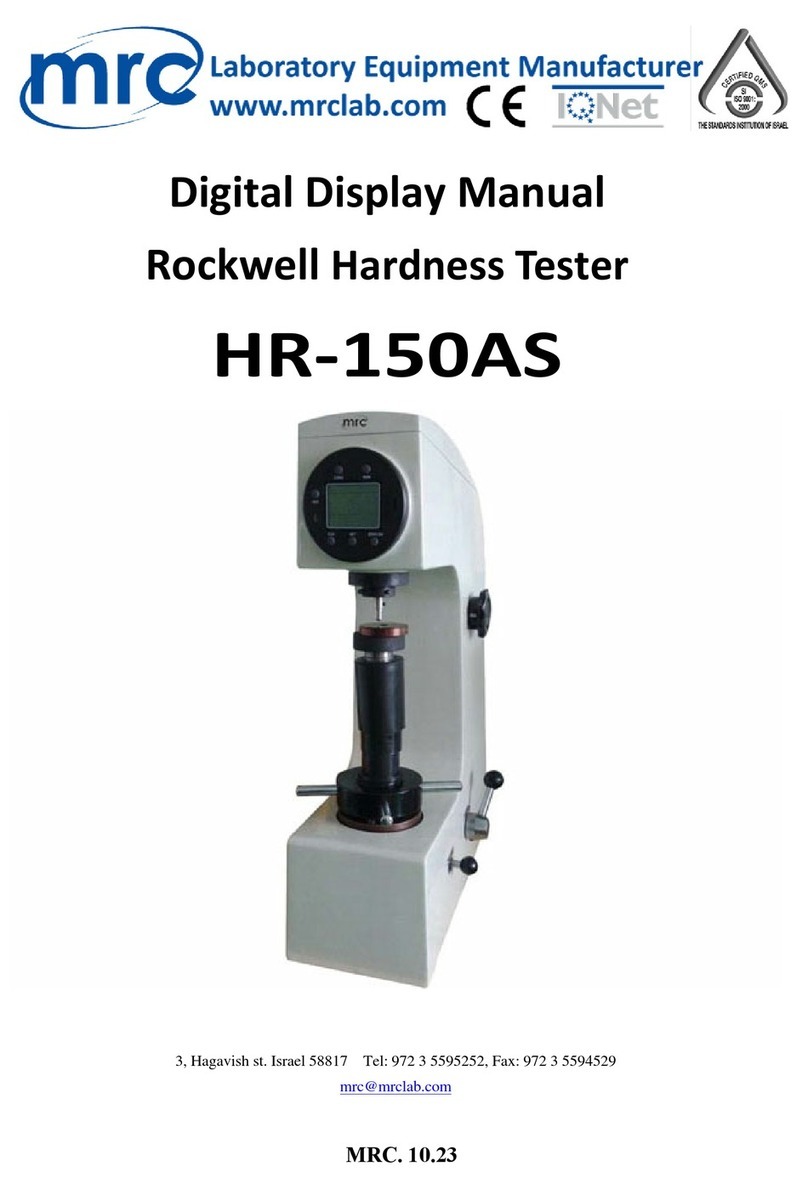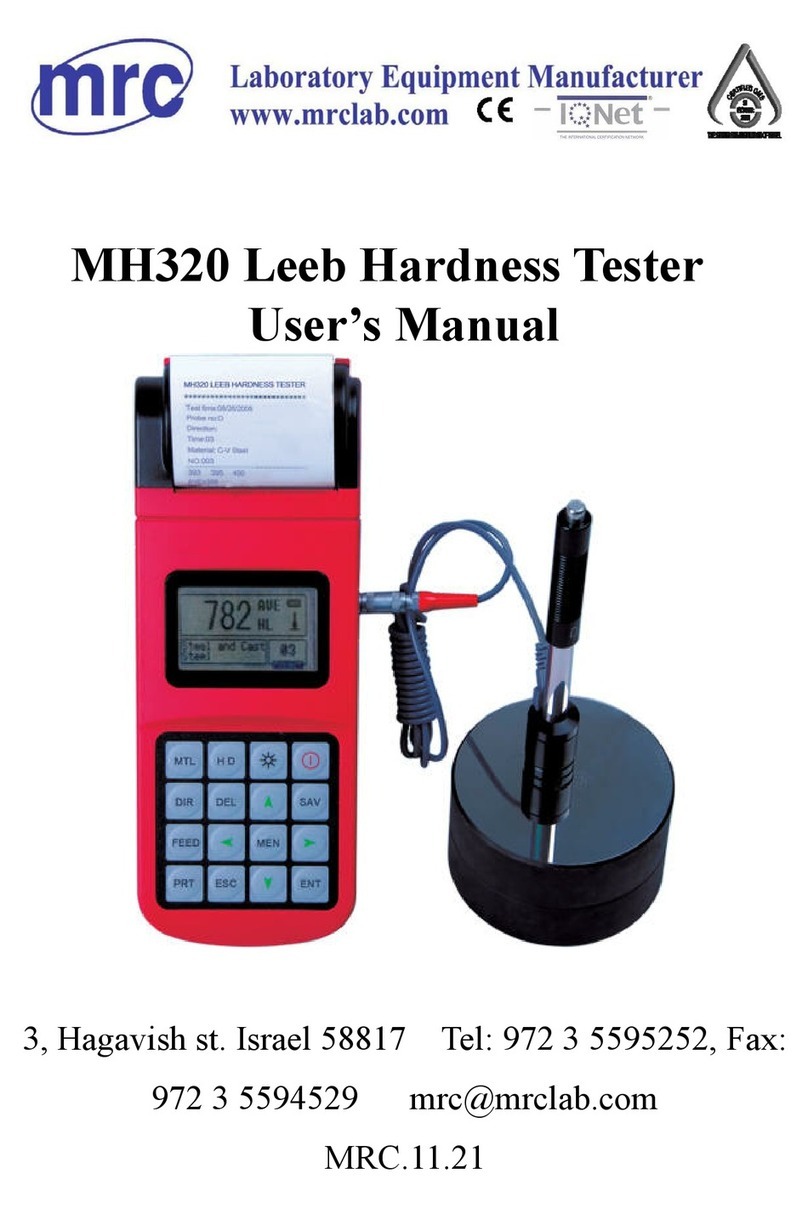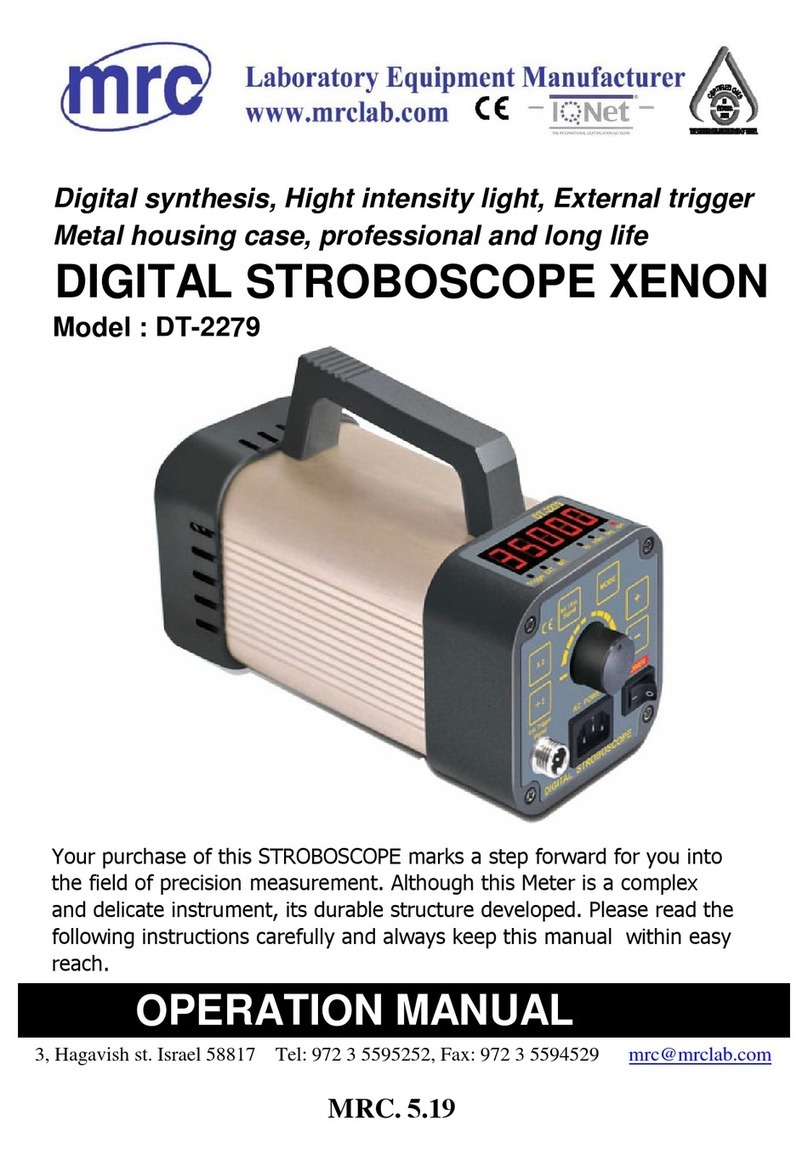
1 Overview .........................................................................................................................3
1.1 Advantages.........................................................................................................................................3
1.2 Main Application &Testing Range ....................................................................................................3
1.2.1 Main Application ............................................................................................................................3
1.2.2 Testing Range..................................................................................................................................3
1.3 Technical Specifications ....................................................................................................................4
1.4 Configuration.....................................................................................................................................4
1.5 Working Conditions...........................................................................................................................5
2 Structure Feature &Testing Principle ..........................................................................5
2.1 Structure Feature................................................................................................................................5
2.1.1 D Type Impact Device....................................................................................................................6
2.1.2 Different Types of Impact Device...................................................................................................6
2.2 Main Screen.......................................................................................................................................6
2.3 Keypad Definitions............................................................................................................................7
2.4 Leeb Hardness Testing Principle........................................................................................................8
3 Preparation......................................................................................................................8
3.1 Instrument Preparation and Inspection ..............................................................................................8
3.2 Impact Device Selection....................................................................................................................9
3.3 Preparation of the Sample Surface.....................................................................................................9
4 Testing Program ...........................................................................................................10
4.1 Start-Up............................................................................................................................................10
4.2 Loading............................................................................................................................................10
4.3 Localization .....................................................................................................................................10
4.4 Testing..............................................................................................................................................10
4.5 Read Measured Value ......................................................................................................................11
4.6 Notification......................................................................................................................................11
5 Operation Detail ...........................................................................................................12
5.1 Power On/Off...................................................................................................................................12
5.2 Material Setting................................................................................................................................12
5.3 Hardness/Strength testing ................................................................................................................13
5.4 Impact Direction Setting..................................................................................................................13
5.5 Average Times Setting .....................................................................................................................13
5.6 Data logging.....................................................................................................................................13
5.6.1 Viewing stored file/Group.............................................................................................................13
5.6.2 Clearing selected file/Group.........................................................................................................14
5.7 Print Report......................................................................................................................................14
5.8 System Reset....................................................................................................................................14
5.9 EL Backlight....................................................................................................................................14
5.10 Auto Power Off..............................................................................................................................15
5.11 Battery Replacement......................................................................................................................15
5.12 Connecting to a Computer.............................................................................................................15
5.13 Error Code Reference ....................................................................................................................15
6 Maintenance & Servicing............................................................................................16
1































